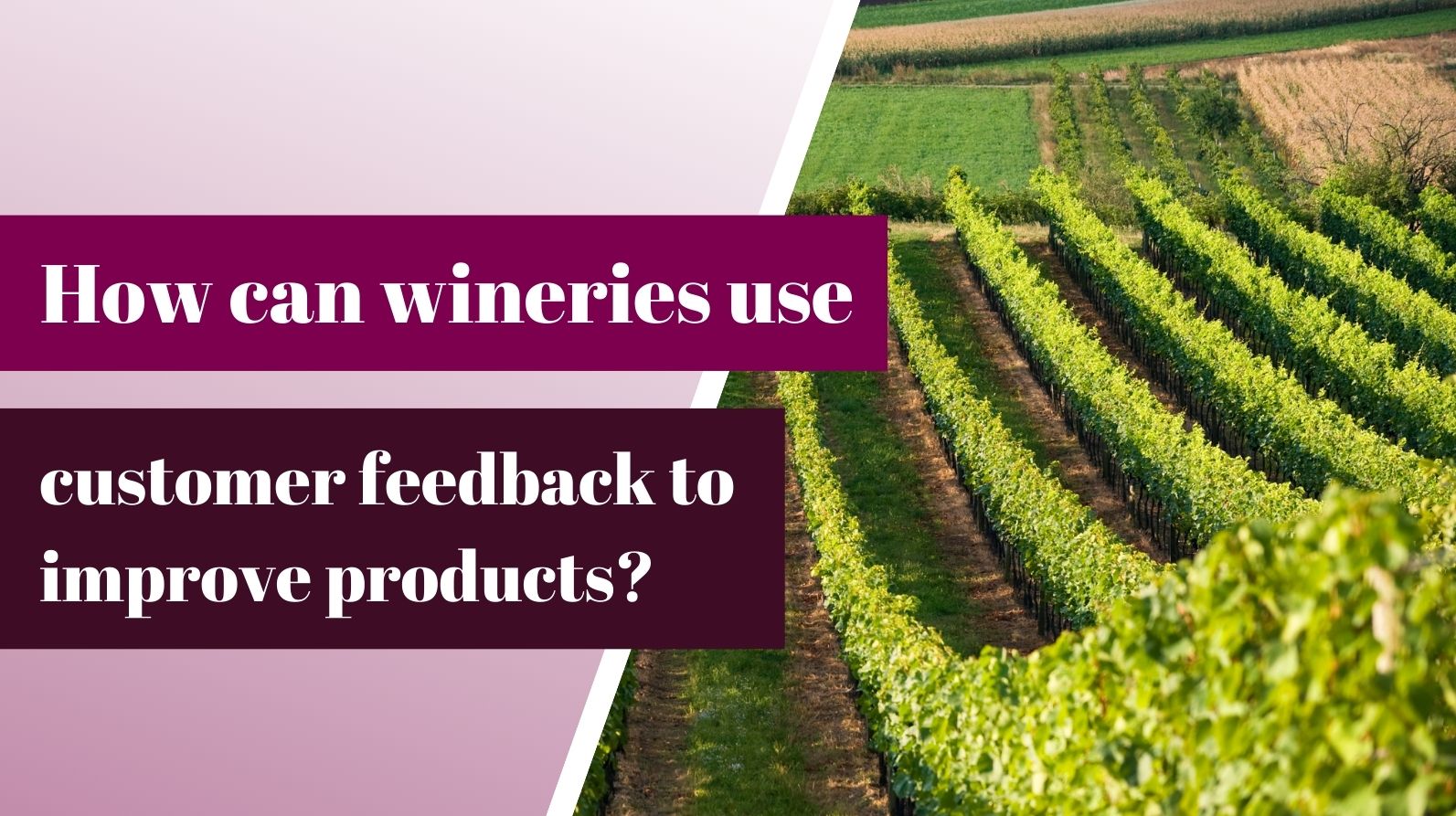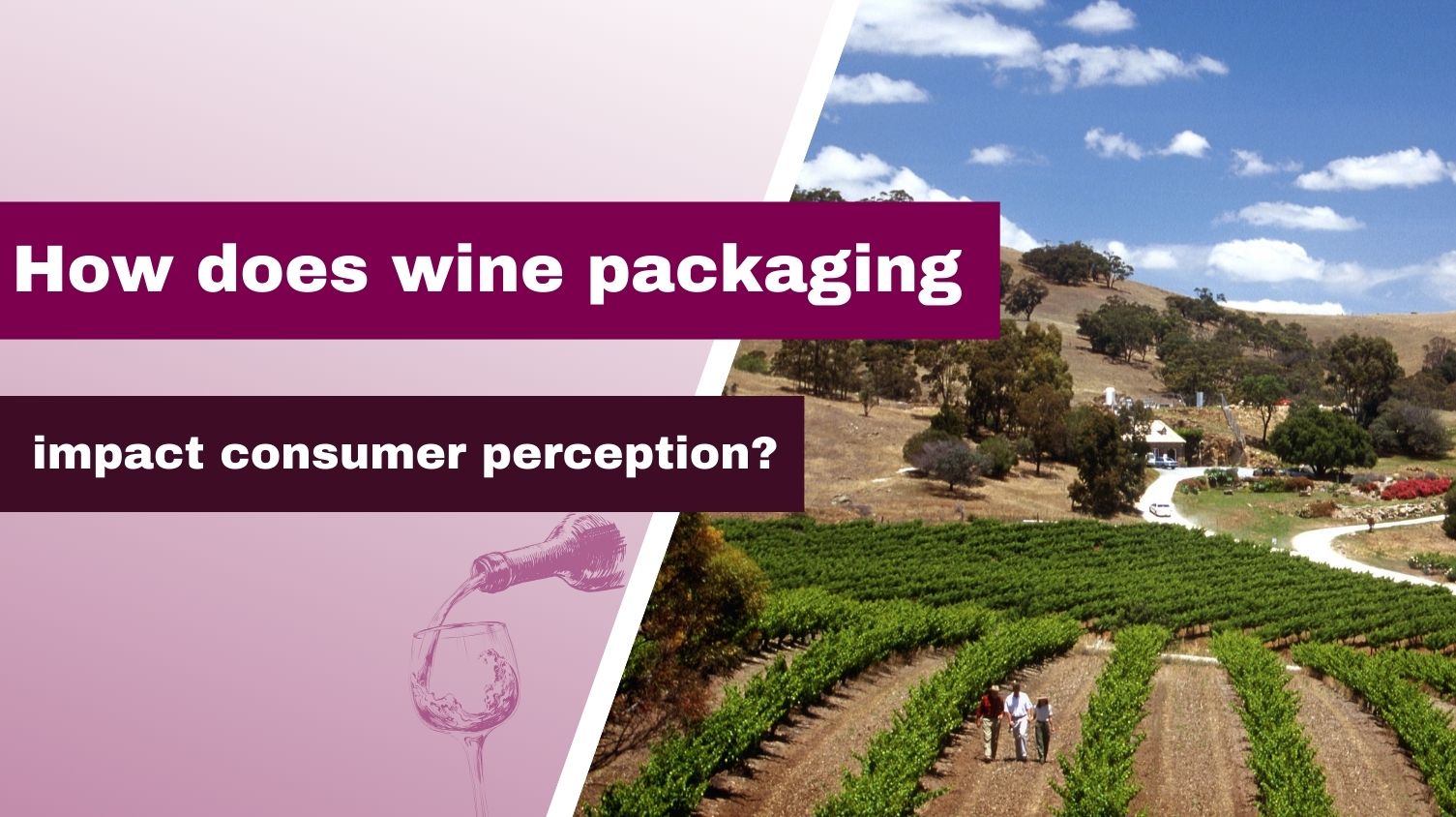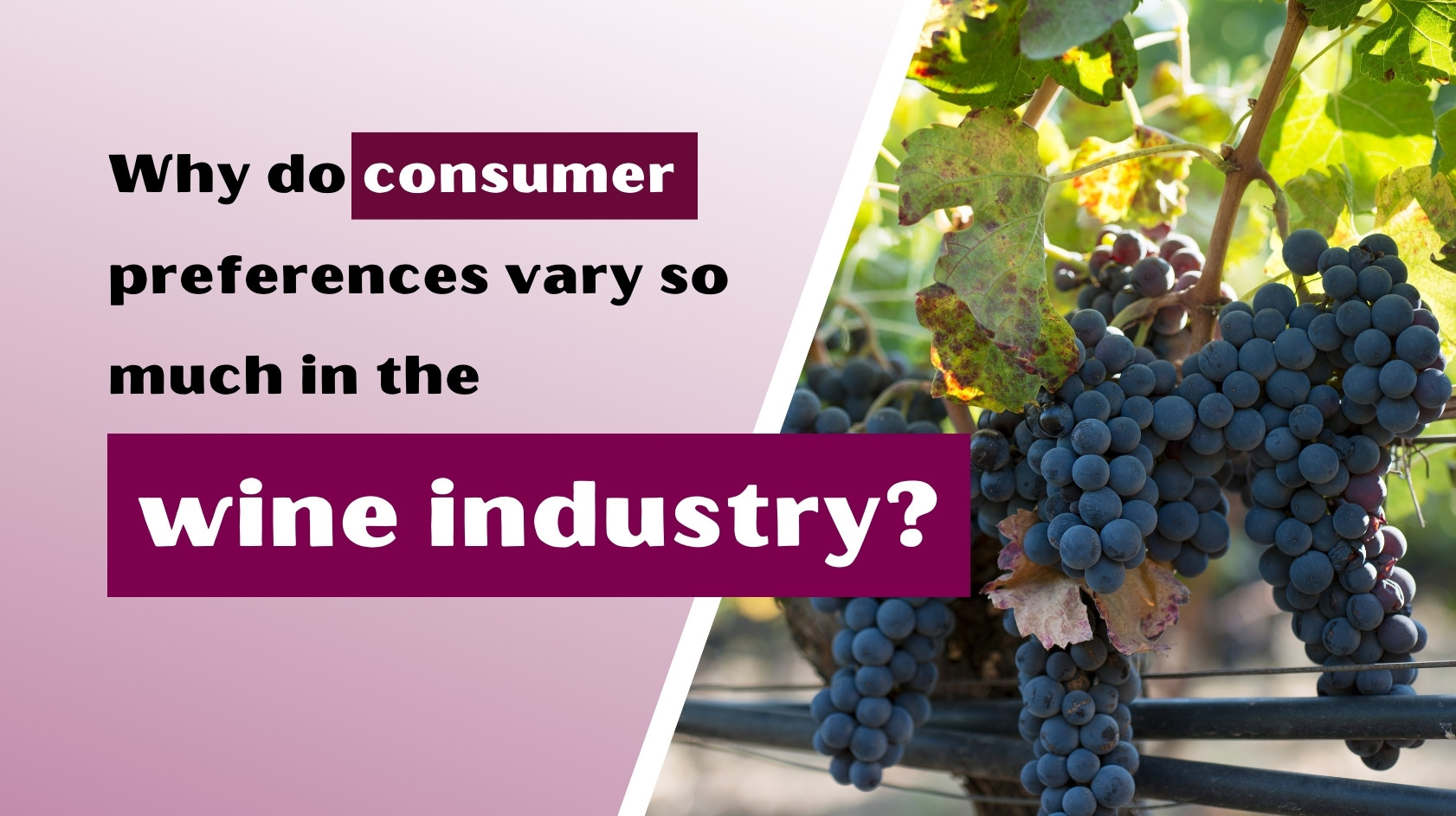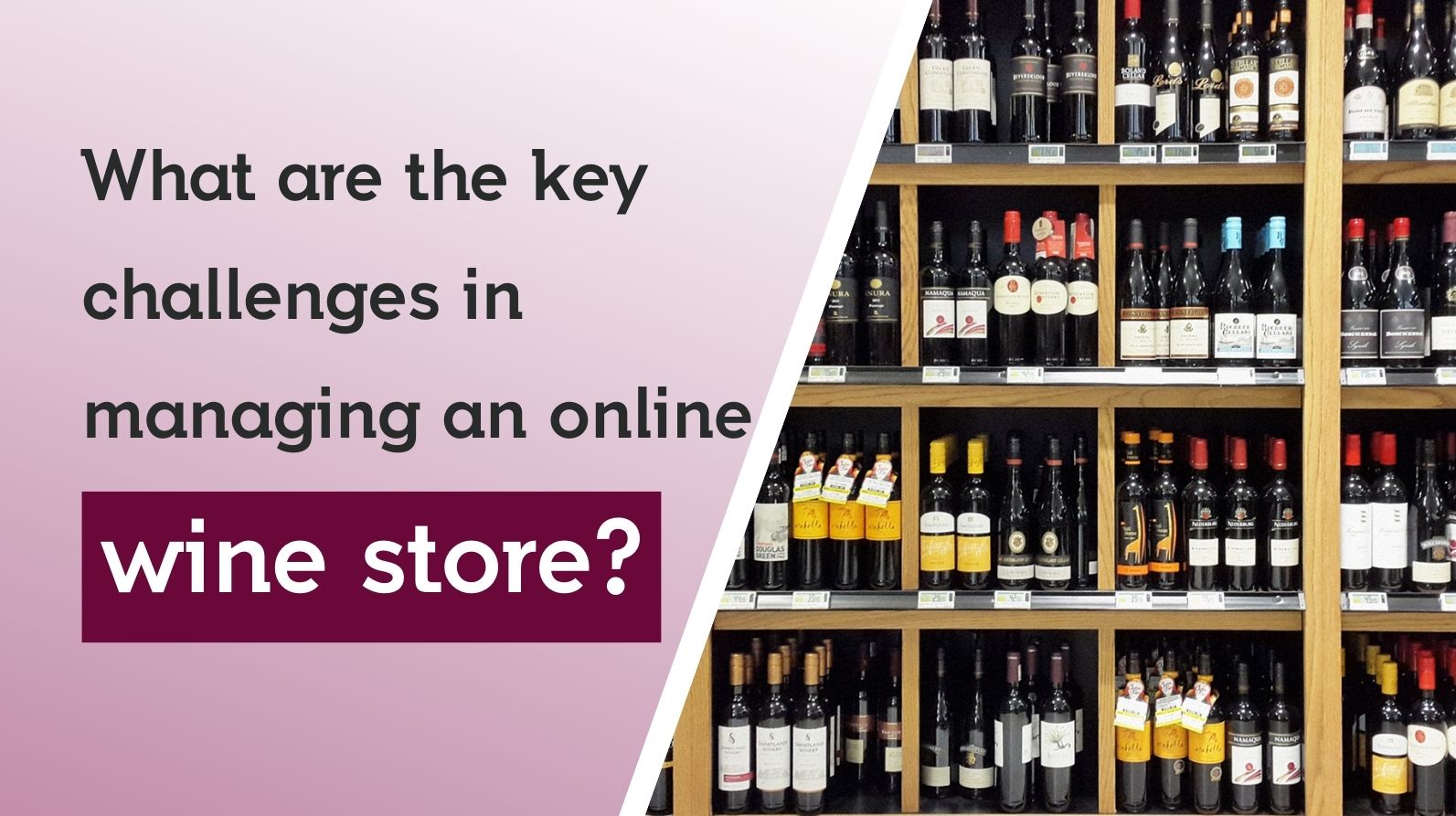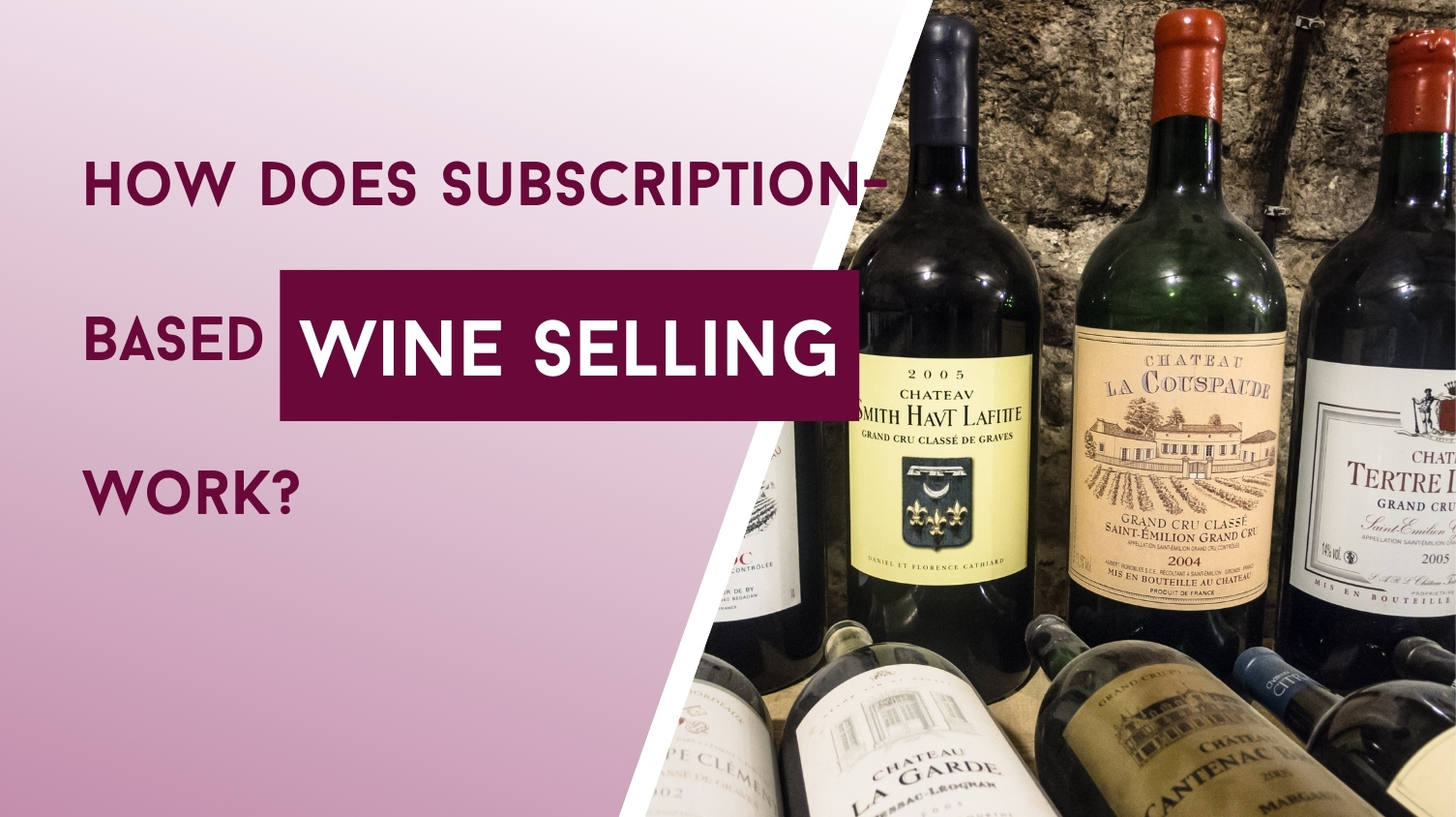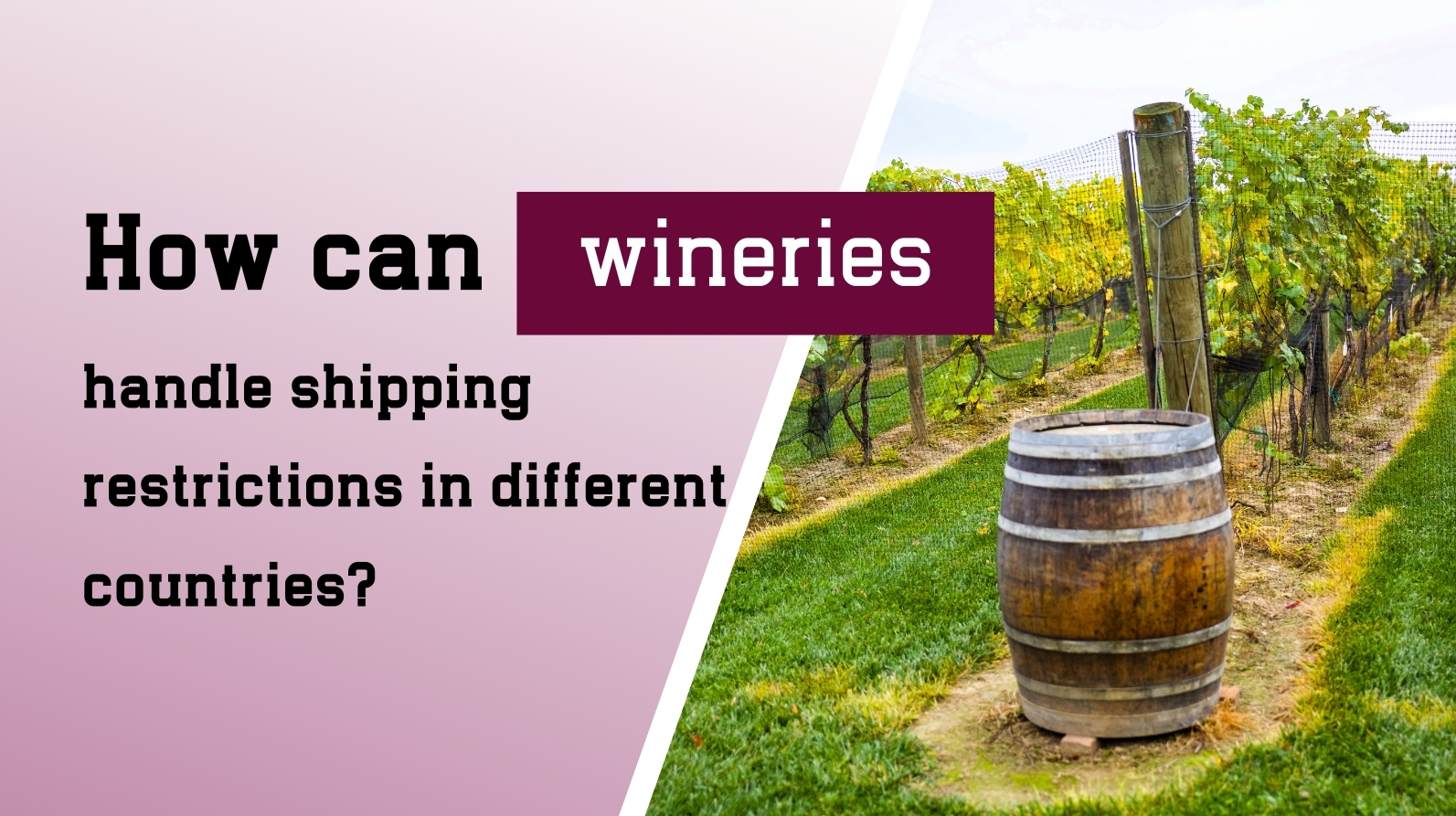How Tradition and Technology Come Together in Winemaking?
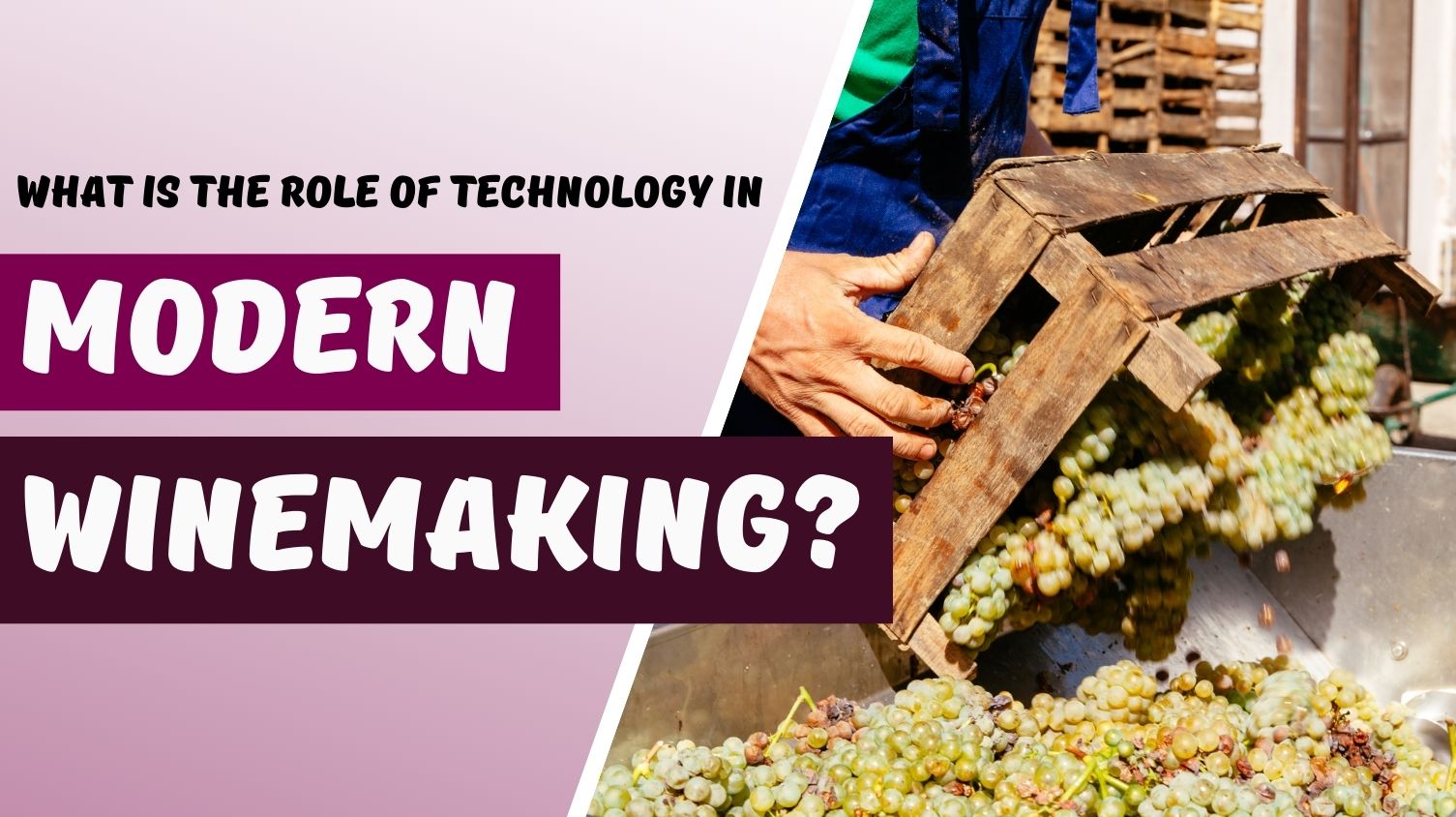
How Tradition and Technology Come Together in Winemaking?
Winemaking has been around for centuries, but modern technology is changing the way wine is made. From managing vineyards to fermenting and packaging wine, new tools and techniques are improving quality, sustainability, and efficiency.In this article, we’ll explore the latest innovations in winemaking and how they are shaping the future of the wine industry.
Precision Viticulture: Using Technology to Improve Vineyards
Drones for Vineyard Analysis
Drones equipped with cameras can fly over vineyards and capture high-quality images. These images help winemakers spot problem areas, such as unhealthy vines or pest issues. With this data, winemakers can take quick action to protect their crops.
Soil and Climate Sensors
Special sensors placed in the soil track moisture and temperature levels. This helps winemakers decide when to water their vines and how much fertilizer to use. By using just the right amount of resources, vineyards save water and produce better grapes.
GPS and AI for Better Decisions
GPS and Artificial Intelligence (AI) help winemakers map their vineyards, predict the best harvest times, and manage resources efficiently. AI can also study weather patterns and soil conditions to improve grape-growing strategies.
Automated Harvesting: Faster and More Efficient Grape Picking
Robotic Harvesters
Machines like the Monarch MK-V tractor can pick grapes day and night. They work faster than humans and reduce labor costs, making harvesting more efficient.
Better Quality Grapes
Unlike manual picking, which can sometimes damage grapes, robotic harvesters use sensors to pick only the ripest grapes while handling them gently. This leads to higher-quality wines.
Fermentation Monitoring: Controlling the Winemaking Process
Real-Time Tracking
Platforms like InnoVint use sensors to track key fermentation factors such as temperature, sugar levels, and yeast activity. Winemakers can make instant adjustments to avoid spoilage and ensure great wine quality.
AI for Consistency
AI-powered software analyzes fermentation data and predicts potential issues before they happen. This helps winemakers keep their wine flavors consistent across different batches.
AI in Winemaking: Smarter Decisions with Data
Using AI to Improve Wine Production
AI can analyze large amounts of data from vineyards, weather stations, and past wine production records. This helps winemakers make better decisions, reducing guesswork and improving wine quality.
Combining AI with Human Expertise
Even though AI helps make winemaking more efficient, human knowledge is still important. Winemakers use AI insights to fine-tune flavors and create the best wine possible.
Sustainable Winemaking: Eco-Friendly Innovations
Solar Energy
Many wineries now use solar panels to power their operations, reducing their reliance on traditional energy sources and lowering their carbon footprint.
Water-Saving Techniques
Smart irrigation systems with moisture sensors ensure that vines get the right amount of water. This helps conserve water and supports sustainable farming.
Organic and Biodynamic Farming
More winemakers are switching to organic farming, avoiding synthetic pesticides and fertilizers. This improves soil health and produces cleaner, more natural wines.
Innovative Wine Packaging: Reducing Waste
Lighter Bottles and Alternative Packaging
Some wineries are switching to lightweight glass bottles and eco-friendly packaging, such as recyclable cans and biodegradable cartons, to reduce carbon emissions.
Sustainable Labels and Corks
Labels made from recycled paper and corks from responsibly managed forests help make wine packaging more environmentally friendly.
Micro-Oxygenation: Improving Wine Aging
How It Works
Micro-oxygenation allows small amounts of oxygen to mix with the wine, mimicking the natural aging process of oak barrels. This softens tannins and enhances the wine’s flavors.
Aging Faster Without Losing Quality
This method helps wineries speed up the aging process while maintaining great taste and quality.
Spinning Cone Columns: Adjusting Alcohol Levels Without Changing Flavor
How It Works
Spinning cone technology removes alcohol from wine at low temperatures, keeping its original aroma and taste.
Meeting Consumer Demands
As more people look for lower-alcohol wines, this technology helps winemakers meet consumer preferences while following alcohol regulations in different regions.
Electronic Noses: Better Quality Control
Detecting Spoilage Early
Electronic noses use sensors to detect compounds that may cause spoilage. This helps winemakers fix issues before they affect wine quality.
Ensuring Consistency
By analyzing the chemical makeup of wine, electronic noses help winemakers keep their wines’ aroma and taste the same across different batches.
Blockchain Technology: Making Wine More Transparent and Authentic
Tracking Wine from Vineyard to Bottle
Blockchain records every step of wine production, from harvesting grapes to bottling and shipping. This allows consumers to verify the authenticity of their wine.
Preventing Counterfeit Wines
Blockchain technology helps wineries protect their brands by ensuring that every bottle is real and not a counterfeit.
FAQs About Technology in Winemaking
1. How does AI improve winemaking?
AI analyzes data from sensors and past records to improve vineyard management, fermentation, and aging, making wine production more efficient.
2. What are the benefits of automated harvesting?
Automated harvesting is faster, lowers labor costs, and picks grapes more carefully, resulting in better wine.
3. How does blockchain help in winemaking?
Blockchain ensures transparency by tracking each step of winemaking, helping consumers verify their wine’s origin.
4. What do drones do in vineyards?
Drones take detailed images of vineyards, spotting issues like dry soil or pests, helping winemakers take action quickly.
5. Why is eco-friendly packaging important in winemaking?
Sustainable packaging reduces waste and carbon emissions while keeping wine fresh.
6. How does micro-oxygenation improve wine?
This technique controls oxygen exposure to soften tannins and improve flavors, making wines taste better and age faster.

